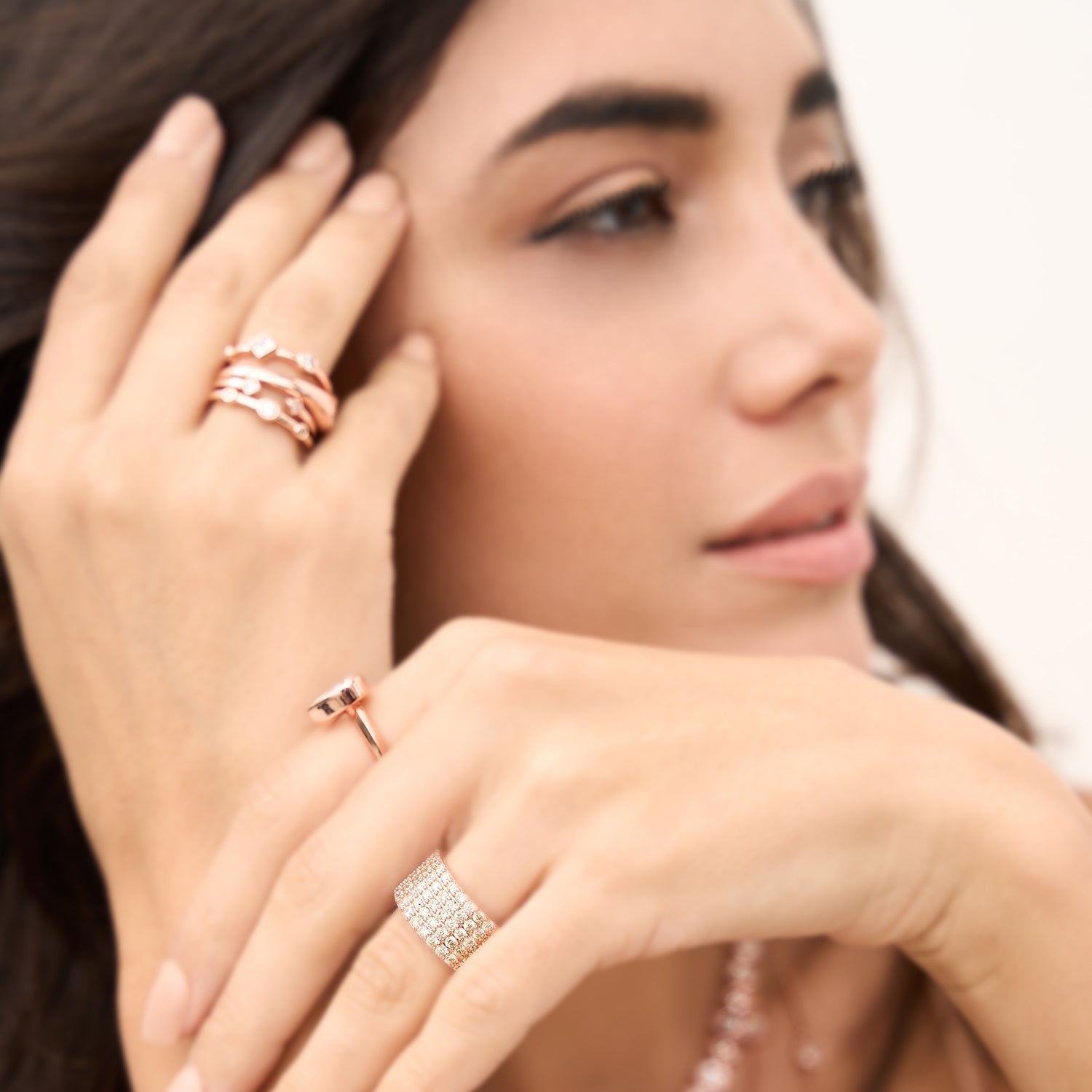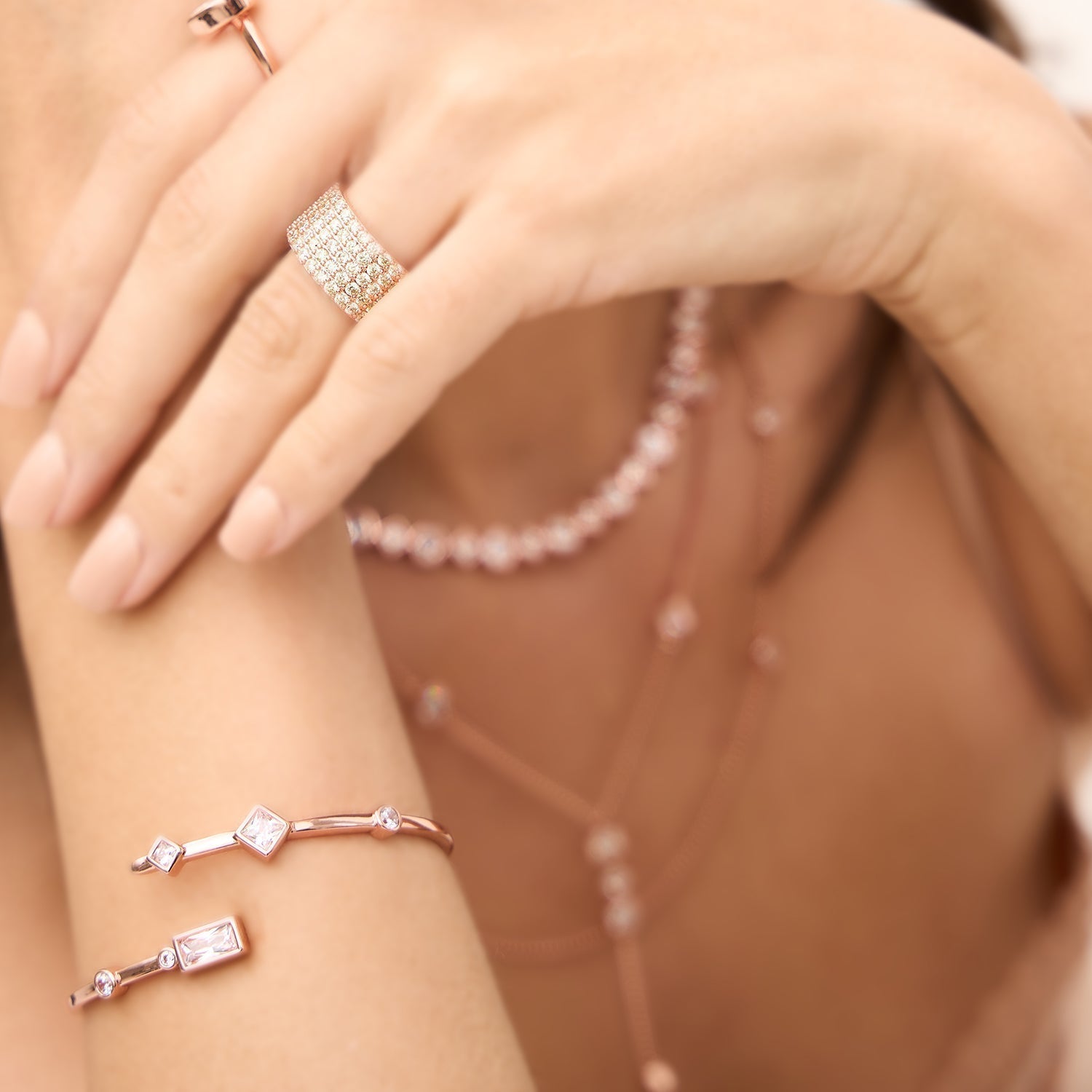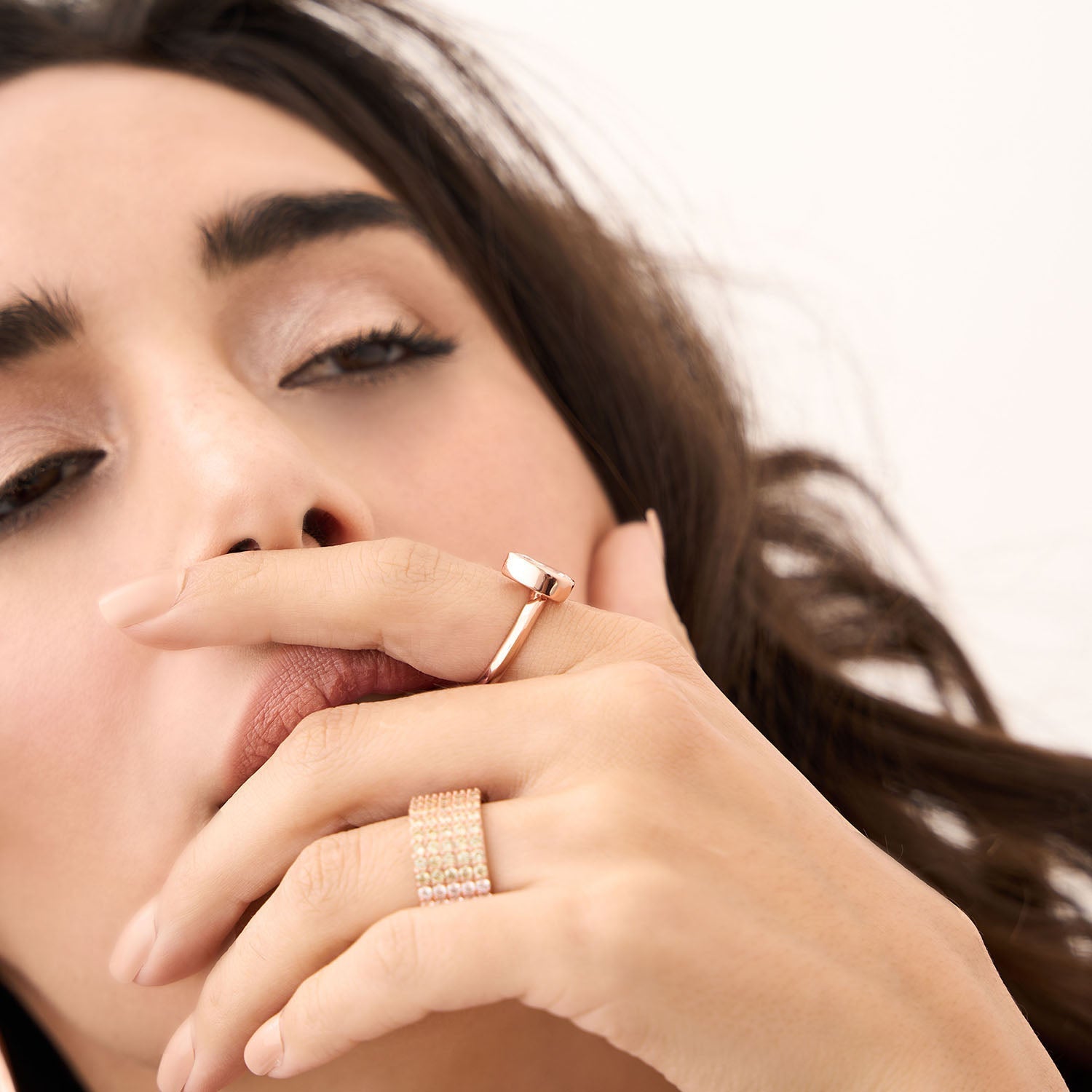Everything You Need to Know About
Rose Gold
Everything You Need to Know
About
Rose Gold



FAQ: Rose Gold Jewelry
Q: What is Rose Gold?
Q: What is the Color of Rose Gold?
Q: Is Rose Gold Real Gold?
Q: Is Rose Gold Durable?

Q: Does Rose Gold Fade?
Q: Does Rose Gold Tarnish?
Q: Is Rose Gold More Expensive Than Yellow Gold?
Q: Is Rose Gold and Pink Gold the Same?
Q: What is Red Gold?
Q: Is Rose Gold Good for Engagement Rings?
Q: How to Clean Rose Gold Jewelry?
Wrapping Up:
Title



